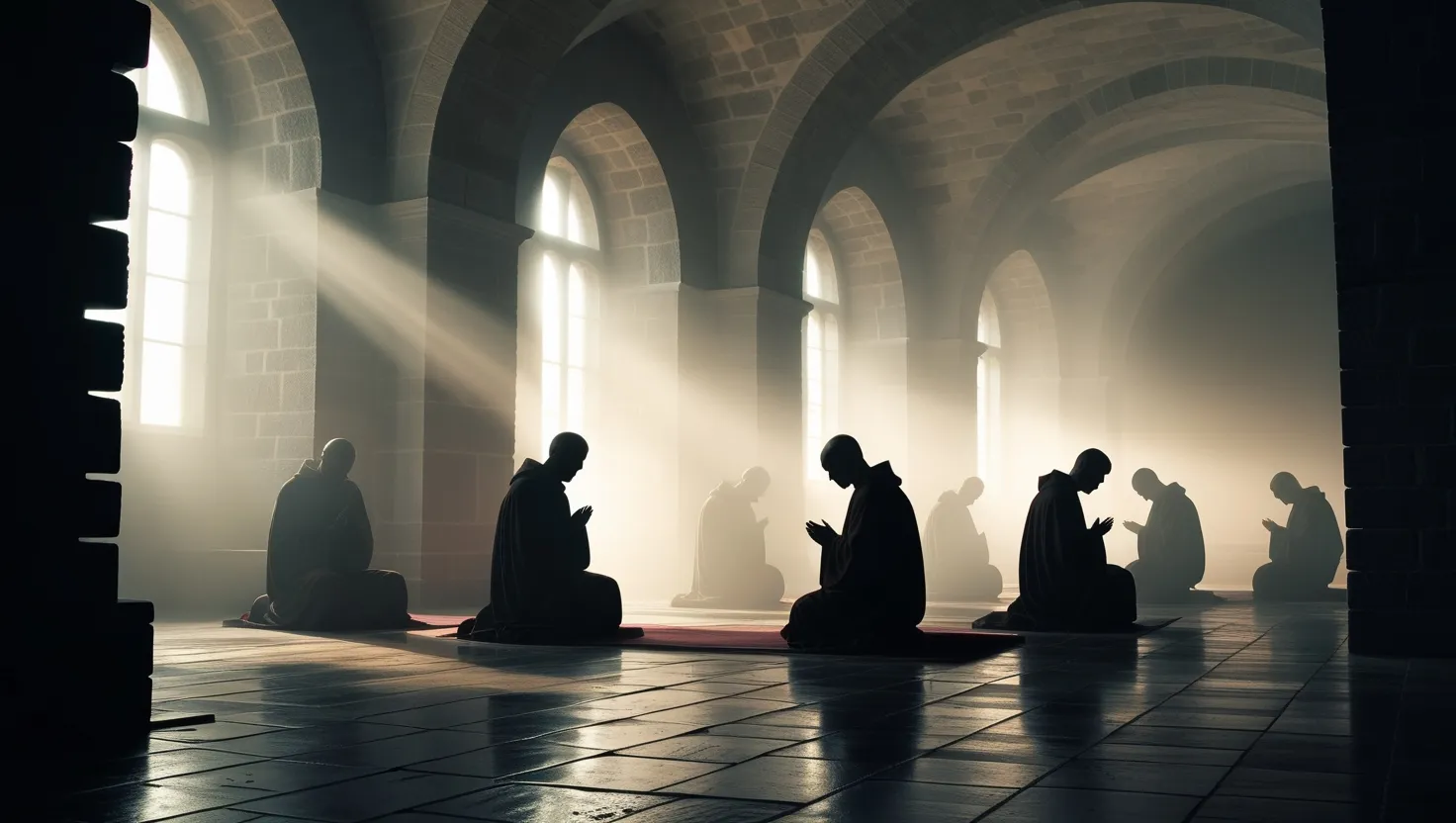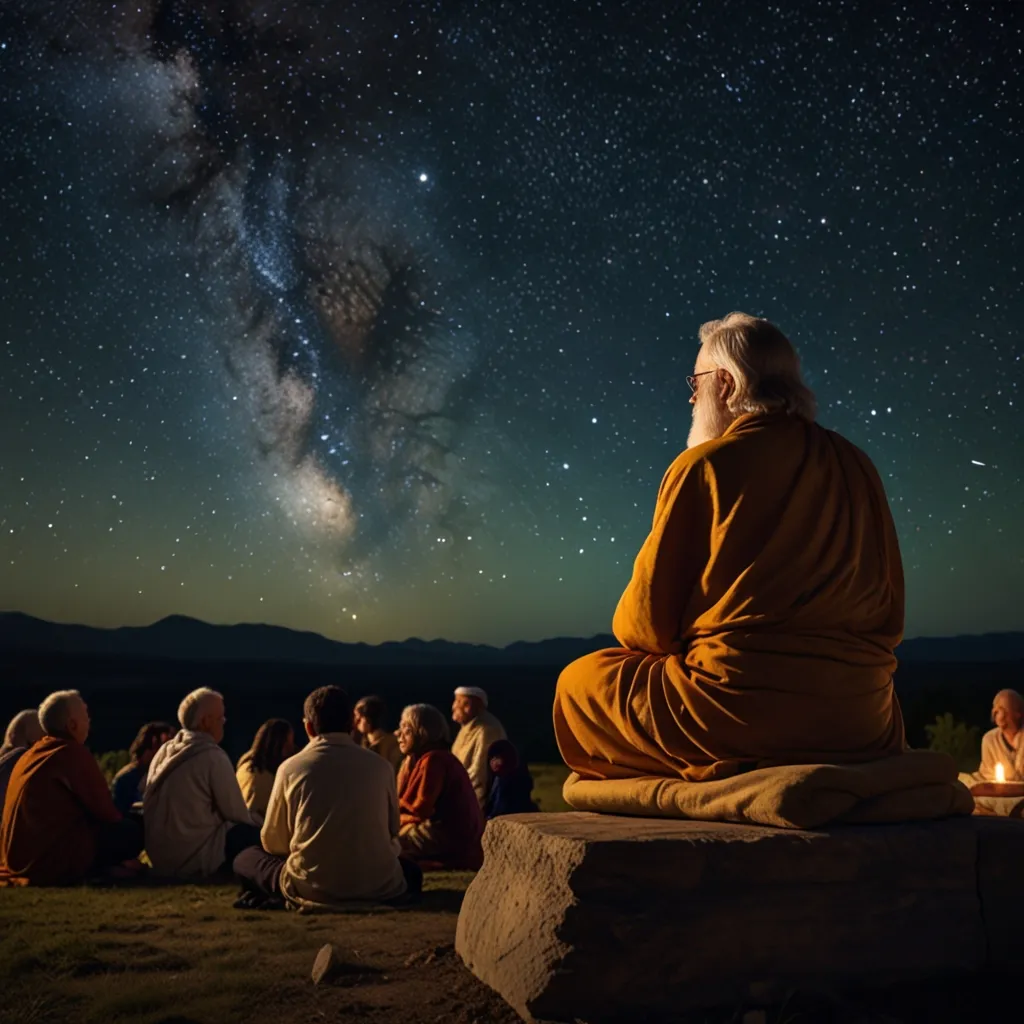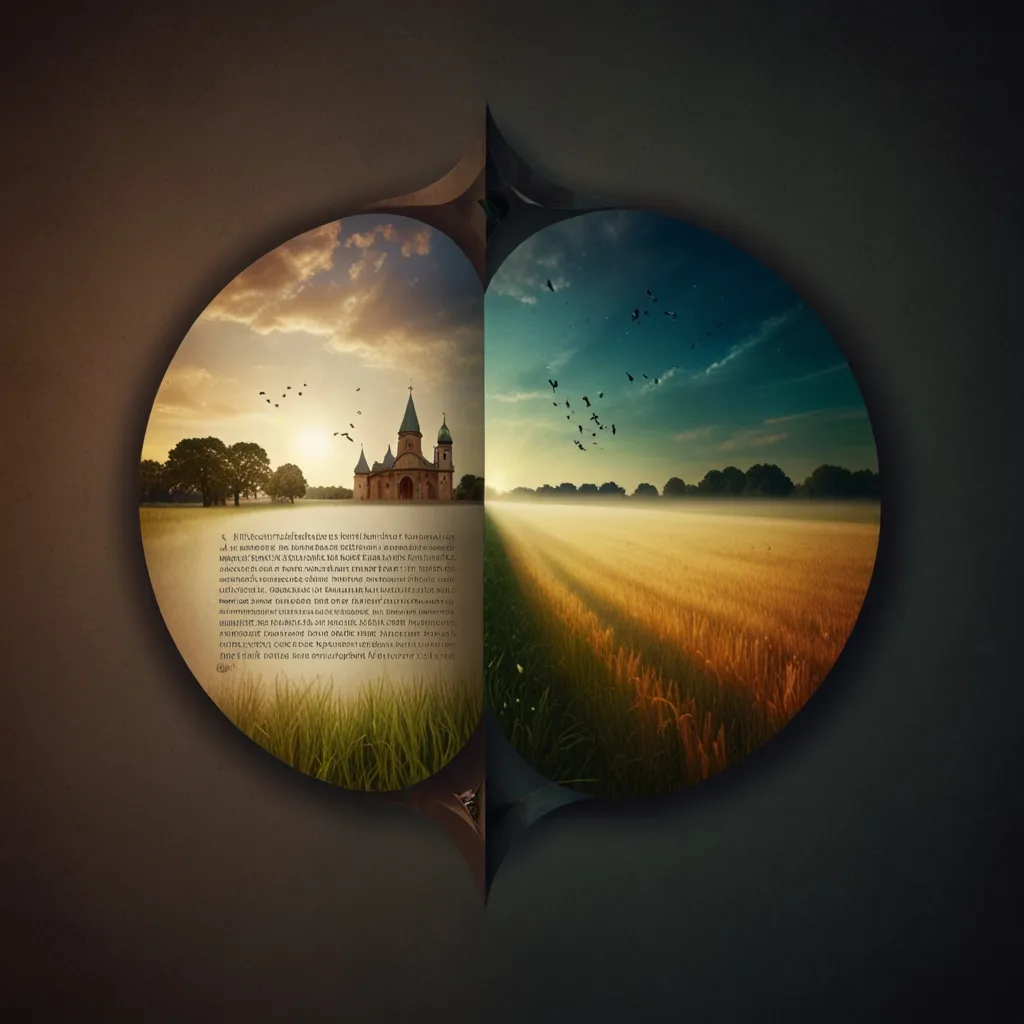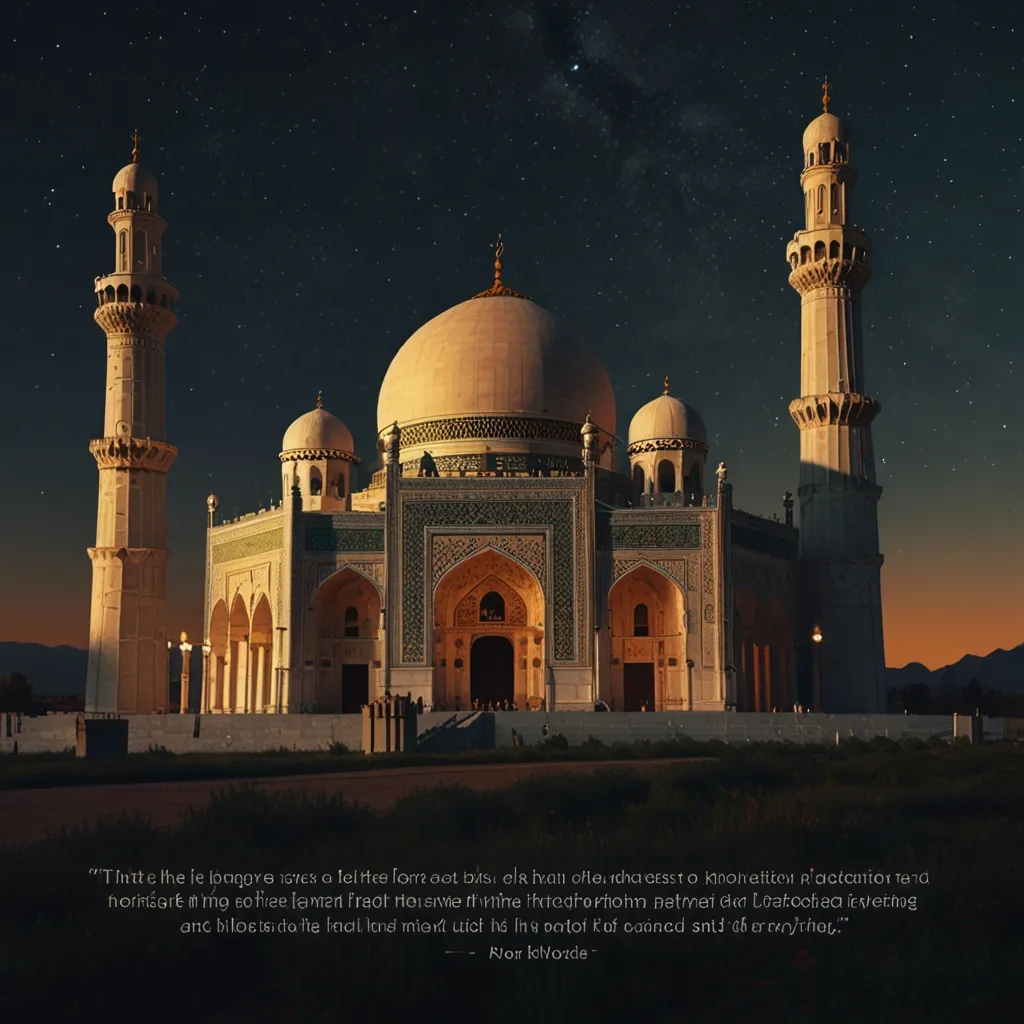Sacred music holds a particular fascination for me, not just because of its beauty, but for the invisible thread it weaves between our inner worlds and what some call the divine. While we might be familiar with choirs filling cathedrals, muezzins calling at dawn, or a gospel solo echoing through a small-town church, there are subtleties and secrets within these traditions that deserve a closer look. It’s not only about what we hear, but how we feel—and how whole communities are shaped through sound.
Let’s begin where so many Western ideas about spiritual sound originate: the unadorned, flowing lines of Gregorian chant. Imagine monks in stone-walled cloisters many centuries ago, their voices rising before sunrise, united in a single line, each note drawn out as though time itself has slowed. What’s remarkable here isn’t just the musical structure, but the intent. In these chants, the Latin words are almost secondary, softened by melody. Listeners describe a gentle dissolving of boundaries—between self and group, thought and feeling. This music can suspend the demands of everyday life and open up space for contemplation. Had you thought about how the simplicity of a single melody could be more powerful than many voices in harmony?
Eastern traditions often see sound as a force, not just an art. In Hinduism, for example, bhajans and kirtans lead worshippers through repetitions—of mantra, of divine names. Picture a group seated cross-legged, the leader chants “Hari Om” and the room responds in unison. This is music stripped well past performance, its impact not in virtuosity but repetition. The Sanskrit syllables themselves are held to carry energy, thought to reshape consciousness at a level beneath words. I find it intriguing that neuroscientists studying mantra chanting sometimes report changes in brain activity during collective recitation, hinting that the ancients intuited something modern science is just beginning to explore.
“Music can change the world because it can change people.” – Bono
In the mosque, sound transforms text, too. The recitation of Quranic verses, called Tajwid, is less song than an intricate mode of delivery, governed by rules that shape the arc of every phrase. Devotees describe these readings as an ascent—a shaping of silence into meaning, lifting listeners into a state between waking and dreaming. But that’s not where sacred music in Islam ends. Sufi practitioners, seeking closeness with the divine, use the repetitive chanting of dhikr and swirling of instruments like the ney flute. Here, rhythm and melody serve as a ladder: each repetition tries to transport the soul upward, or perhaps inward. Have you ever lost yourself in repeated words, until the meaning starts to blur and something new takes its place?
Jewish sacred sound has its own undercurrents. Even today, the plaintive song of the cantor on Yom Kippur—the Kol Nidre—can stir a congregation into silent tears. In other moments, there’s the joyful wordless nigun, passed from one Hasidic community to the next, intended to bypass intellect and reach straight for the heart. Many of these tunes have survived centuries of upheaval, war, migration, and exile. There’s something profound in the idea that a melody can anchor identity when everything else falls away.
“Where words leave off, music begins.” – Heinrich Heine
Buddhist approaches to sacred sound are among the most varied: Tibetan monks performing undertone chants, generating multiple pitches at once; Japanese Zen practitioners repeating brief sutras dozens of times. What fascinates me here isn’t just the discipline—the lifelong muscle memory of long recitations—but the philosophy underpinning it. In many strands of Buddhism, the words are considered less important than the act of chanting itself. Letting go of meaning and focusing on sound is itself the meditation. Could the subtle rise and fall of a single repeated phrase be a tool for stilling the mind, the same way wind smooths the surface of a lake?
Indigenous practices worldwide show that rhythm often comes before melody. Look to the steady beat of a drum in Amazonian rites, or Siberian shamans striking animal-hide circles to induce trances. The technical skill is less significant than the function: that relentless rhythm—two beats per second, three, four—entrains the body, encourages hallucinatory visions, enables encounters with the spirit world. Some scientists suggest these patterns may synchronize with natural brainwave rhythms, providing a physiological bridge between ordinary and altered perception. Do you remember the last time a rhythm—however simple—changed your mood, slowed your breath, or pulled your attention away from worry?
Gospel music is one of the most celebrated examples of sacred music’s role in social resilience. Its birth from the pain and hope of enslaved Africans and their descendants in America transformed trauma into praise. There’s a rawness to the call-and-response, when a soloist shouts and a congregation echoes. Melodies soar, harmonies press against the edges of what’s technically possible. This isn’t just performance; it’s shared survival. In moments of sadness or joy, gospel gives voice to the unspeakable.
“Faith is taking the first step even when you don’t see the whole staircase.” – Martin Luther King Jr.
Why do these seven paths all end up centering music? My own sense, drawn from observing many contexts, is that sacred music works where logical argument, written text, and moral lecture fail. It’s one of our oldest technologies for transmitting belief and emotion without explanation. Even in ancient societies, before alphabets or theology, the drumbeat or chant may have grounded communities in shared experience. Music hasn’t just carried tradition—it’s been protective and adaptive. It’s survived when language, leaders, and institutions were lost.
It’s worth pausing to ask: What happens in our bodies and minds when sacred music begins? Studies offer fascinating glimpses—changes in heart rate, shifts in breathing, alterations in attention and even feelings of transcendence. All these suggest music is more than background—it’s a participant in religious ritual, not merely decoration.
Yet, not all sacred music is somber or otherworldly. Some of the oldest prayers are ecstatic, filled with laughter and dancing. In Africa, percussion-driven ceremonies can last whole nights, sweat and song mingling until dawn. In Appalachian churches, shape-note singing sends folk tunes ringing off wooden rafters. Across all traditions, the pulse of shared sound builds strong memories—songs learned in childhood persist deep into old age, sometimes after names and faces are forgotten.
It’s tempting to ask, if these musical traditions are so powerful, why do some communities worry that modernization may weaken their hold? The answer isn’t simple. As sacred music gradually makes its way onto digital platforms, as chant and drumming are sampled for pop music, the context might change—but the core function remains. Even in headphones, song can be a private sanctuary. Live, the vibration of hundreds of voices or the echo of a conch shell brings the sacred into the now.
The persistence of sacred sound reminds me of another truth: you don’t need to be religious to benefit. Studies show that people who listen regularly to religious music—even if they aren’t believers—often experience increased calm, reduced loneliness, and greater optimism. In other words: sacred music’s effects are not locked to doctrine, but tied to the way sound moves us.
“After silence, that which comes nearest to expressing the inexpressible is music.” – Aldous Huxley
The seven sacred sounds—chant, recitation, mantra, cantorial melody, Buddhist repetition, shamanic rhythm, and gospel call-and-response—each illustrate how we transform ordinary air into spiritual sustenance. These traditions display humankind’s persistent hunger for connection—with mystery, with one another, with something deeper than words can reach.
So next time you encounter sacred music—whether the tranquil hum of monks, the pulse of drums, a joyous gospel shout, or a whispered prayer—listen not just with your ears. Ask yourself: what lingers after the last note fades? What have you touched, or what has touched you, in the realm beyond explanation? That, perhaps, is where the sacred truly lives.






